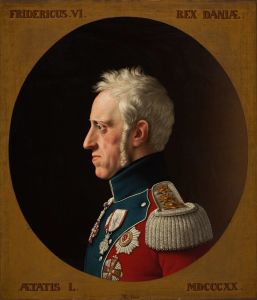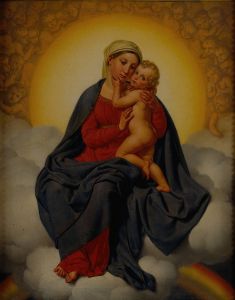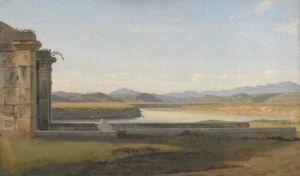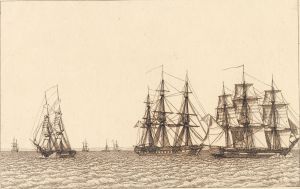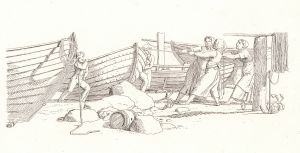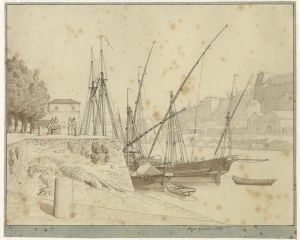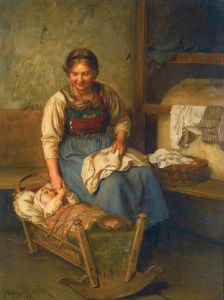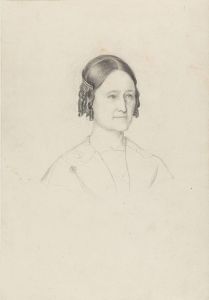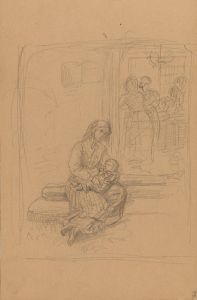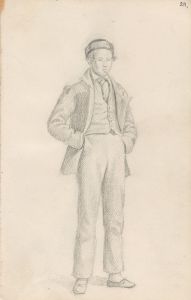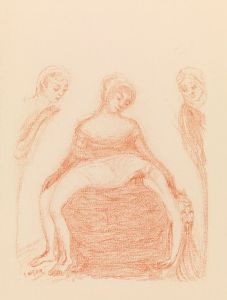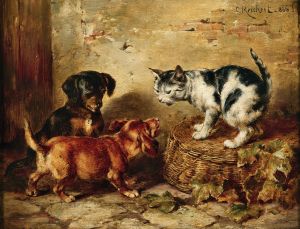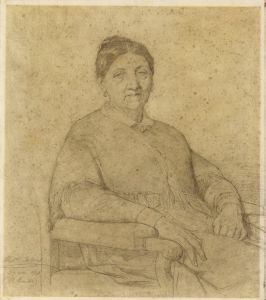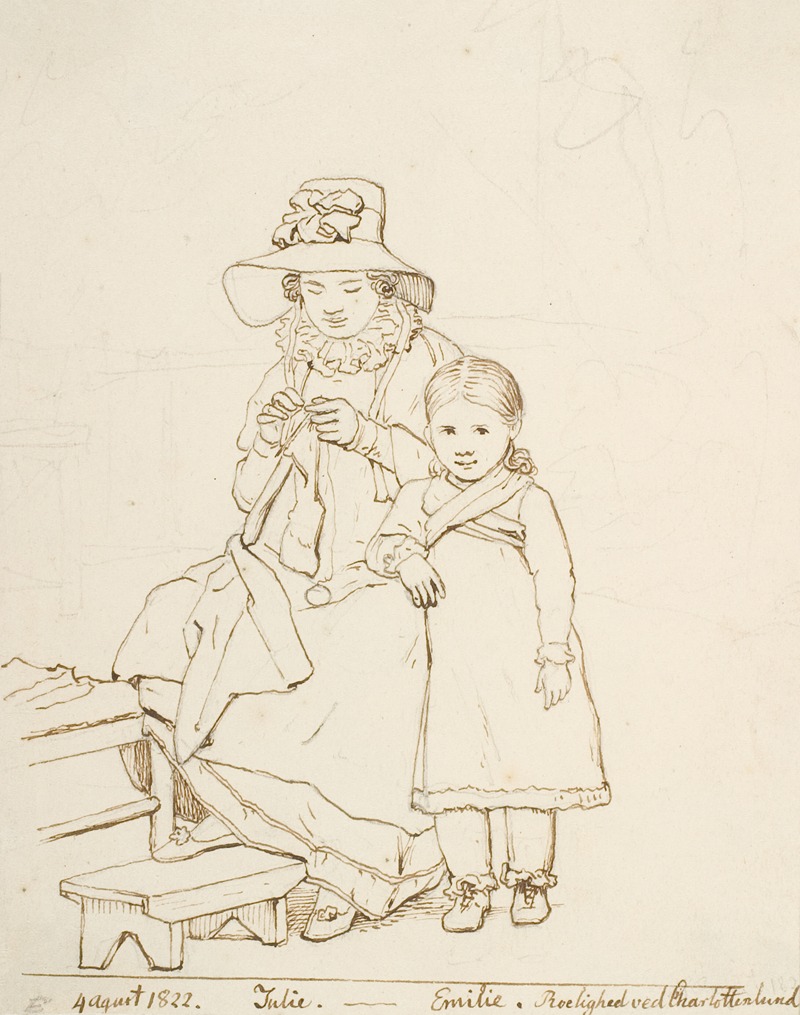
Eckersbergs kone Julie og datter Emilie
A hand-painted replica of Christoffer Wilhelm Eckersberg’s masterpiece Eckersbergs kone Julie og datter Emilie, meticulously crafted by professional artists to capture the true essence of the original. Each piece is created with museum-quality canvas and rare mineral pigments, carefully painted by experienced artists with delicate brushstrokes and rich, layered colors to perfectly recreate the texture of the original artwork. Unlike machine-printed reproductions, this hand-painted version brings the painting to life, infused with the artist’s emotions and skill in every stroke. Whether for personal collection or home decoration, it instantly elevates the artistic atmosphere of any space.
Christoffer Wilhelm Eckersberg, often referred to as the "father of Danish painting," was a prominent Danish artist in the 19th century. He played a crucial role in the development of the Danish Golden Age of painting. One of his notable works is the painting "Eckersbergs kone Julie og datter Emilie," which translates to "Eckersberg's Wife Julie and Daughter Emilie."
This painting is a fine example of Eckersberg's skill in portraiture, a genre in which he excelled. Eckersberg was known for his meticulous attention to detail and his ability to capture the essence of his subjects with clarity and precision. The painting features his wife, Julie Eckersberg, and their daughter, Emilie, showcasing his personal connection to the subjects and providing a glimpse into his private life.
Eckersberg married Julie Juel in 1810, and they had several children together. The inclusion of family members in his work reflects the personal nature of some of his art, which was not uncommon for artists of his time. This painting is particularly significant as it not only highlights his technical prowess but also offers insight into his familial relationships.
The composition of "Eckersbergs kone Julie og datter Emilie" is intimate and tender, capturing a moment of familial affection. Eckersberg's use of light and shadow, as well as his attention to the textures of clothing and skin, demonstrates his mastery of the neoclassical style. This style was characterized by a focus on clarity, order, and balance, all of which are evident in this work.
Eckersberg was heavily influenced by his studies in Paris under Jacques-Louis David, a leading neoclassical painter. This influence is apparent in his precise and disciplined approach to painting, as well as in his emphasis on realism and detail. His time in Paris and subsequent travels to Italy further enriched his artistic development, allowing him to refine his techniques and expand his repertoire.
The painting of Julie and Emilie is housed in the Hirschsprung Collection in Copenhagen, Denmark. This museum is dedicated to 19th and early 20th-century Danish art and holds a significant collection of Eckersberg's works. The inclusion of this painting in the Hirschsprung Collection underscores its importance within the context of Danish art history.
Eckersberg's contributions to art extend beyond his own works; he was also a respected teacher at the Royal Danish Academy of Fine Arts. His influence on his students, including notable artists such as Wilhelm Bendz and Christen Købke, helped shape the future of Danish painting. Through his teaching and his art, Eckersberg left a lasting legacy that continues to be celebrated today.
In summary, "Eckersbergs kone Julie og datter Emilie" is a testament to Christoffer Wilhelm Eckersberg's skill as a portrait artist and his ability to convey personal and intimate moments through his work. The painting remains an important piece within the Danish Golden Age of painting, reflecting both the artist's personal life and his broader contributions to the art world.





